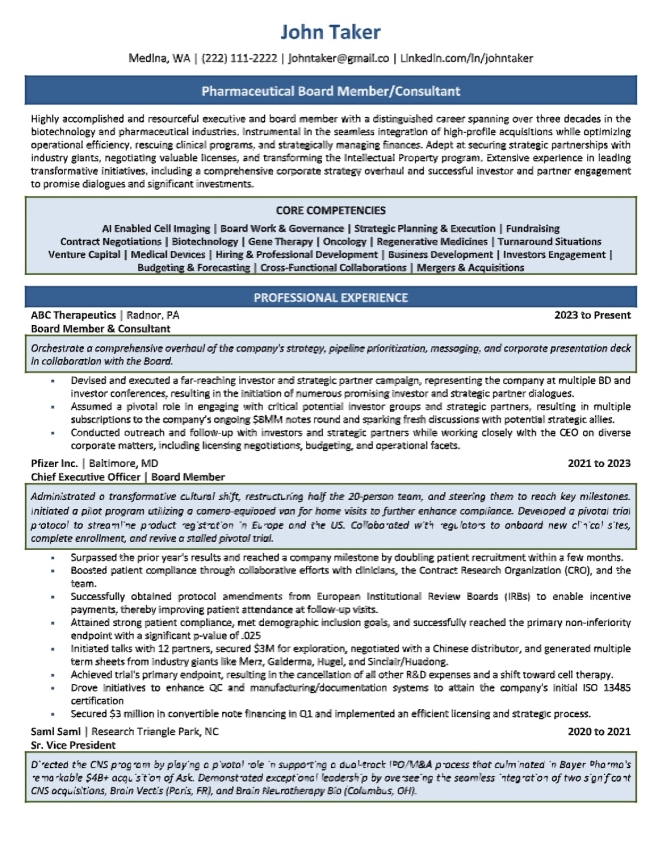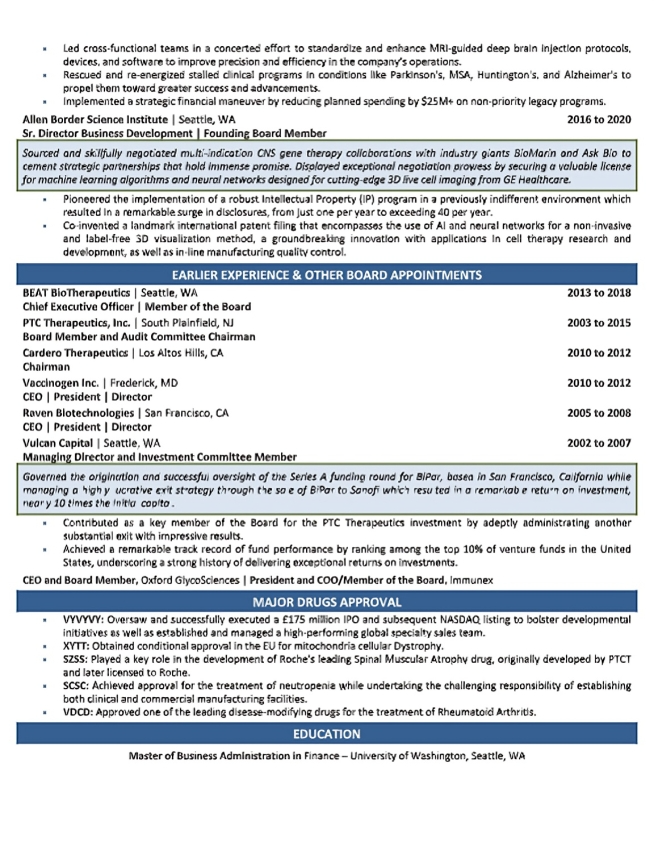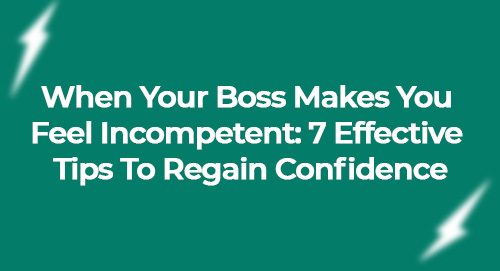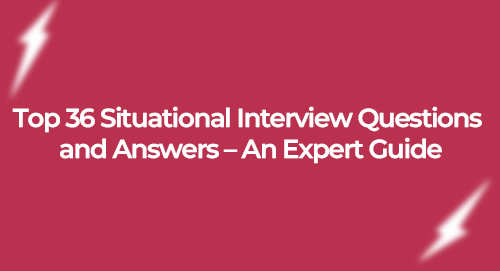Executive-Level Resume Template and Examples
A Guide
An executive-level resume is more than just a career document; it’s a strategic marketing tool that reflects the depth of experience, leadership capabilities, and vision required for top-tier roles.
Unlike standard resumes, which focus primarily on job duties and achievements, an executive resume highlights strategic impact, leadership skills, and a record of driving organizational success.
Crafting an effective executive resume requires a thoughtful approach to present oneself as a top candidate for senior leadership positions.
Executive-Level Template


Here’s how to create a standout executive-level resume with examples.
1. Understanding the Purpose
The main goal of an executive resume is to highlight your leadership skills and strategic achievements. It’s meant to show how you’ve led organizations and made a significant impact.
This resume is often your first chance to impress potential employers, so it should clearly demonstrate your executive qualities and accomplishments.
2. Structuring the Resume
Contact Information
Begin with clear and professional contact information at the top of the resume. This section should include your full name, phone number, email address, and LinkedIn profile. The goal is to ensure that recruiters and hiring managers can easily reach you.
Example:
Jane Doe
Phone: (555) 123-4567
Email: janedoe@email.com
LinkedIn: linkedin.com/in/janedoe
Executive Summary
The executive summary or profile is a brief paragraph that sets the tone for the resume. It should provide a high-level overview of your career, focusing on your leadership experience, core competencies, and strategic achievements.
Example:
“Accomplished Chief Executive Officer with over 20 years of experience leading Fortune 500 companies through periods of significant growth and transformation. Expertise in strategic planning, operational excellence, and driving innovative solutions. Proven ability to enhance shareholder value and lead teams to exceed performance expectations.”
Key Achievements
This section should highlight your most significant accomplishments, especially those that demonstrate your ability to drive results at the highest level.
Use bullet points to make your achievements clear and impactful, and include metrics to quantify your success when possible.
Example:
- Spearheaded a corporate restructuring initiative that resulted in a 35% increase in operational efficiency.
- Led a market expansion strategy that boosted annual revenue by $50 million.
- Negotiated key partnerships and acquisitions that expanded the company’s market share by 40%.
Professional Experience
Detail your work history in reverse chronological order, starting with your most recent position. For each role, include your job title, company name, location, and dates of employment.
Focus on your leadership responsibilities, strategic initiatives, and notable outcomes. Avoid listing every job duty; instead, emphasize the strategic impact you made.
Example:
Chief Executive Officer
Global Tech Solutions, San Francisco, CA
June 2015 – Present
- Directed company operations, driving a 25% increase in annual revenue and expanding into international markets.
- Implemented a new digital strategy that increased online sales by 40%.
- Championed a corporate culture shift that improved employee engagement scores by 50%.
Education and Certifications
List your educational qualifications and any relevant certifications. For executive positions, it’s important to include advanced degrees and industry-specific certifications that demonstrate your expertise and commitment to professional development.
Example:
Master of Business Administration (MBA)
Stanford Graduate School of Business, Stanford, CA
Graduated: 2008
Certified Board Director (CBD)
Corporate Governance Institute
Certified: 2012
Skills and Competencies
Highlight key skills and competencies that are essential for executive roles, such as strategic planning, financial management, and change leadership. Tailor this section to align with the specific requirements of the job you’re targeting.
Example:
- Strategic Planning and Execution
- Financial Oversight and Budget Management
- Leadership and Team Development
- Organizational Transformation
Professional Affiliations
Include memberships in professional organizations or boards to showcase your involvement in the industry and commitment to staying current with best practices.
Example:
- Member, Business Roundtable
- Board Member, National Leadership Council
3. Tailoring Your Resume
An effective executive resume should be tailored to each position you apply for. Analyze the job description and align your resume’s content with the specific requirements and desired qualifications.
Emphasize experiences and achievements that reflect the skills and leadership qualities the employer is seeking.
4. Ensuring Clarity and Impact
Clarity and impact are essential in an executive resume. Use a clean, professional layout with clear headings and bullet points. Avoid jargon and overly complex language.
Focus on delivering concise, impactful statements that convey your executive capabilities and strategic vision.
5. Final Touches
Before submitting your resume, thoroughly proofread it to ensure there are no errors. Consider seeking feedback from peers or mentors to ensure that your resume effectively communicates your qualifications and stands out to hiring managers.
Conclusion
An executive resume highlights your leadership, achievements, and impact. To stand out, write a strong summary, emphasize results, tailor it for each job, use a professional format, and check for errors.












